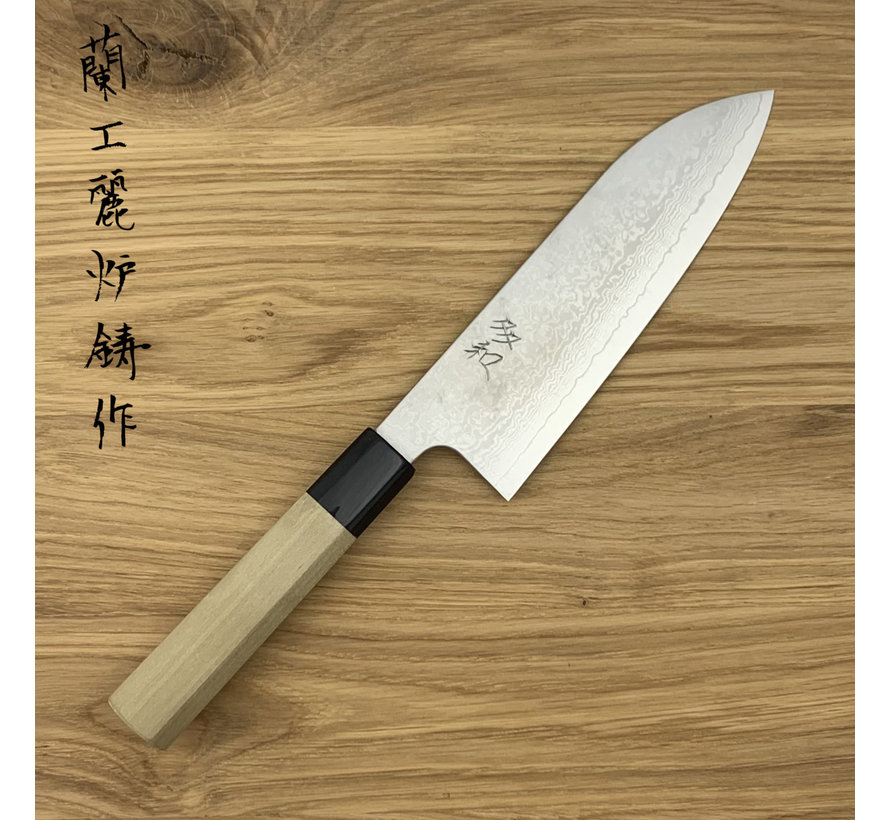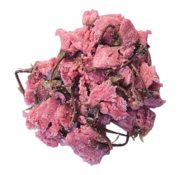Santoku is Japanese for "three purposes" (San=three, Toku=purposes). In this case, chop, dice and mince. It is less suitable for chopping large meat bones, slicing bread and precision tasks such as peeling. Santoku knives are more suitable for finely cutting all types of soft meat, fish and vegetables.
In addition, this knife is slightly smaller than the Gyoto's from this series and is therefore slightly lighter.
Tawa series
The name Tawa comes from the Japanese Kanji ''ta'' (many) and ''wa'' (Japanese). It stands for the different Japanese knife traditions and skills, which have been collected throughout Japan and combined into this Tawa series. A completely handmade knife made in Seki City and finished in Osaka.
Due to the combination of the properties, this series will suite every (home) chef. In no time you will no longer want work without it.
The matte finish is sophisticated and continues right up to the cut edge, the hazakai (forging line) clearly marks where the VG10 core of these thirty-three layers of stainless steel begins. Part of the blade has been removed between the heel and crop, leaving a nice "finger rest" for more control. The magnolia handle provides a traditional look and better control.
VG10 Steel
VG-10 is also sometimes called Japanese steel. It is by far the most commonly used steel in Japanese knives.
VG-10 is a fairly hard type of steel. This allows them to make the blades thinner and give a sharper fold. This ensures that the knife can effortlessly cut very thin.
Knives made of VG-10 steel are known for their "damask" layers. This is applied to protect the core. Several layers of softer steel are then folded over the hard core, making it less sensitive. This creates a graceful pattern on the blade.
Maintenance
Store the knife with care, e.g. in a knife block or magnetic shelf. Keep the blade sharp with a sharpening steel (regularly) or whetstone (when necessary).
Clean the blade with warm water and a little soap. Especially after cutting acidic products, it is recommended to clean the knife immediately. A Japanese knife can absolutely not be put in the dishwasher, both the blade and handle are irrevocably damaged.








